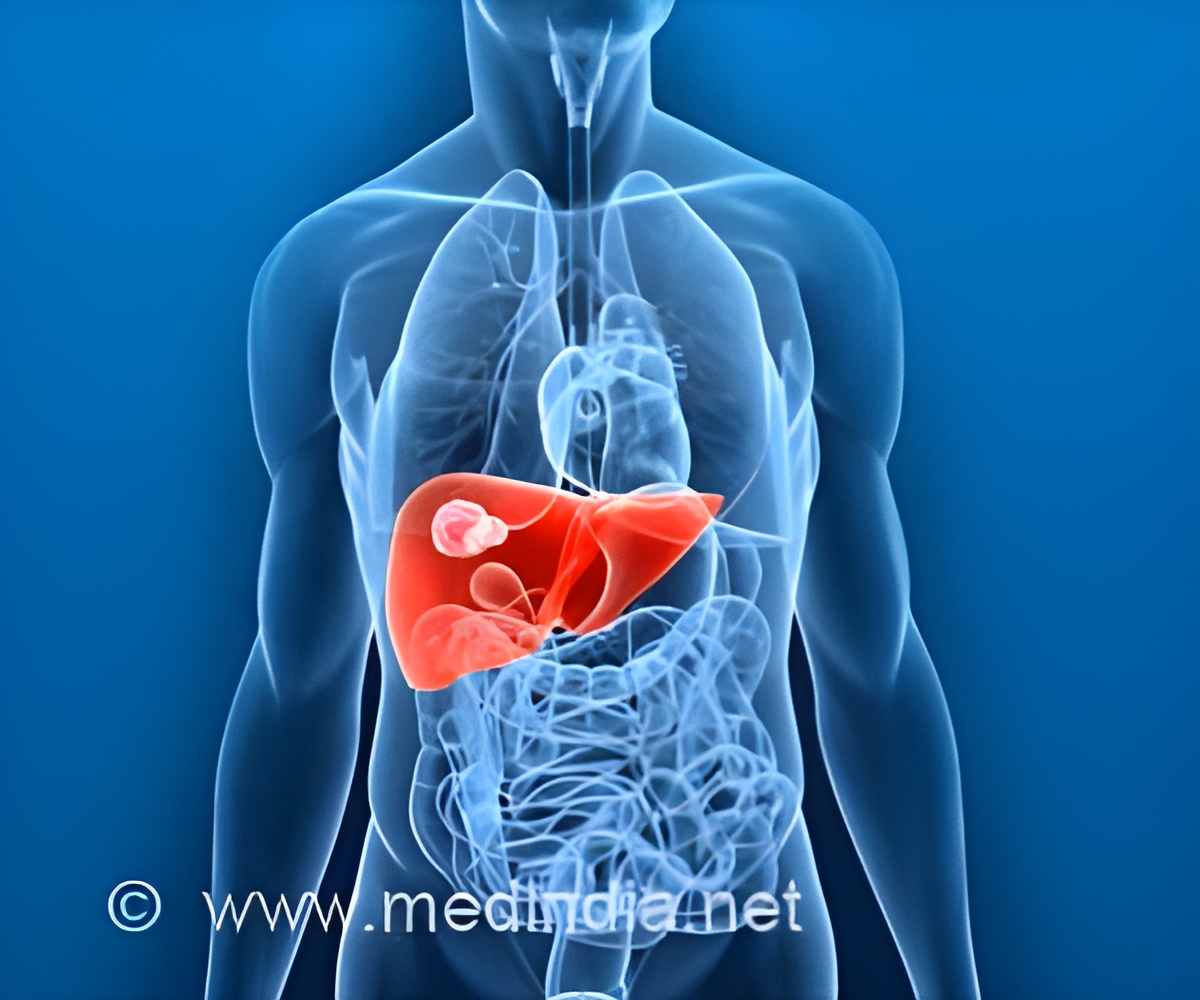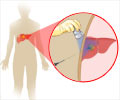
‘New therapeutic strategy can target aggressive form of pediatric liver cancer called hepatoblastoma (HBL). PARP1 is the molecule that causes elevation of the oncogenic forms of the TSPs (tumor suppressor proteins) in aggressive hepatoblastoma. This new treatment can provide a strong rationale for testing PARP1 inhibitors to treat aggressive pediatric liver cancer.’
Tweet it Now
Scientists at Cincinnati Children's Hospital Medical Center conducted extensive biological and genetic tests on donated HBL tumor samples and found highly elevated levels of the protein PARP1 in patients with this cancer. PARP1 modifies chromatin structure in the cell nucleus to drive the chemotherapy-resistant form of liver cancer, according to the study's lead investigator, Nikolai Timchenko, Ph.D., head of the Liver Tumor Biology, Liver Tumor Program.An FDA-approved drug called Olaparib that blocks PARP1 is already used to treat other types of cancer. In their tests on human liver tumor cells, Timchenko and colleagues learned that PARP1 binds to DNA regions within many cancer-related genes and activates their expression in (HBL) to drive the disease. When the researchers pharmacologically blocked PARP1 in the tumor cells, this slowed or stopped cancer progression.
"Our findings provide a strong rationale for testing PARP1 inhibitors to treat aggressive pediatric liver cancer, but additional research is needed before we can verify this and recommend that it be tried in patients," Timchenko said. "This includes testing inhibitors in laboratory mouse models of hepatoblastoma to see if they work in a living organism." The researchers also caution that findings in laboratory models often are not effective in the clinical treatment of patients.
Most Common Pediatric Liver Cancer
HBL is the most common type of pediatric liver cancer and affects children during the first three years of life. Although overall survival rates for these patients have improved over the years, substantial numbers of them see their cancer spread, or they face aggressive, therapy-resistant tumors that cannot be removed surgically.
Advertisement
Source-Eurekalert













